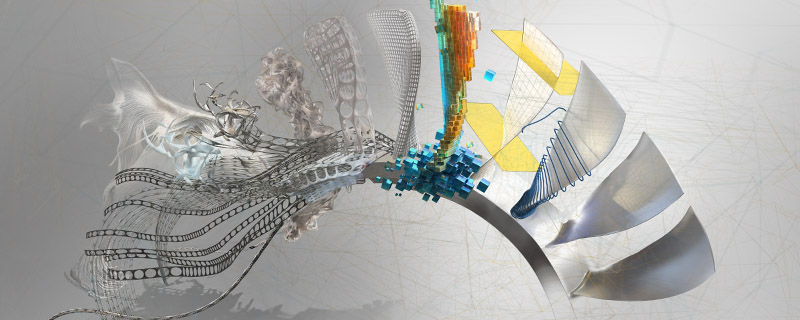Efficient blisk manufacturing by transferring biological principles to process planning
Complex process planning processes and costly run-in processes: Cost drivers of BLISK manufacturing.
Blade-integrated disks (blisks) are geometrically complex rotating components used in the compressor of an aircraft engine. Manufacturing these safety-critical components is cost-intensive because production times are very long and tolerances are extremely tight.
Special machining strategies, so-called "multi-blade strategies", defined by around 50 different CAM parameters, are used in process planning. About 15 of them have a significant influence on process and part quality, and they must be individually adapted to the respective blisk geometry. If, for example, the process planners now intend to test three different values for each of the 15 parameters for CAM planning, this results in more than 14 million possible solutions - an enormous computational effort. In practice, CAM planners can therefore only try out a fraction of the possible variants for capacity reasons, and they have to evaluate the results with their experience knowledge.
So-called run-in processes are then carried out. This means that possible machining strategies and process parameters are tried out on the machine. This is usually done according to the trial-and-error principle. This can be very costly because it is time-consuming and labor-intensive. With each new blisk design, this procedure is repeated, whereby the engineers and technicians, apart from their empirical knowledge, always start from scratch.
CAM planning and virtual run-in processes based on digital twins
The goal of the pilot chain A: Aviation in the EVOLOPRO research project is to significantly reduce the effort required for process planning and for the run-in process by supporting both with a so-called "simulation testbench", a software for generating and evaluating digital twins of the component. As part of the EVOLOPRO project, the Fraunhofer research team is developing such a simulation testbench.
With the simulation testbench, significantly more CAM parameters can be tested and adjusted virtually than before, since process variants are generated automatically by varying the CAM parameters. Digital twins are created from the data collected and processed in this process, which are then evaluated in a digital environment.
The run-in process can also be simplified with the help of the simulation testbench. Complex real tests are replaced by a computer-based procedure. This not only saves a lot of time, it also has the advantage that knowledge once acquired is available for later processes in the form of prepared data.
Together with the Fraunhofer IWM, the Fraunhofer IPT is initially developing process simulations to predict component states, taking into account the manufacturing process and the material. These process simulations for generating a digital twin of the blisk are integrated into the simulation testbench. Then, the fitness of the digital twin is evaluated within a digital environment. Process and component information (e.g., simulated profile deviations) are compared to requirements (e.g., required profile tolerances).
Transfer of biological principles to process planning
Fraunhofer SCAI is developing algorithms that can be used to transfer biological design features such as "modularity", "hierarchy" and "exploratory processes" to process planning. The goal is to make process planning so flexible by implementing the algorithms - following nature's example - that accelerated process optimization is possible. In particular, the introduction of new blisk designs should be possible much faster in the future with the help of these optimization algorithms, since existing knowledge about known blisk designs can be transferred to new blisk designs.
